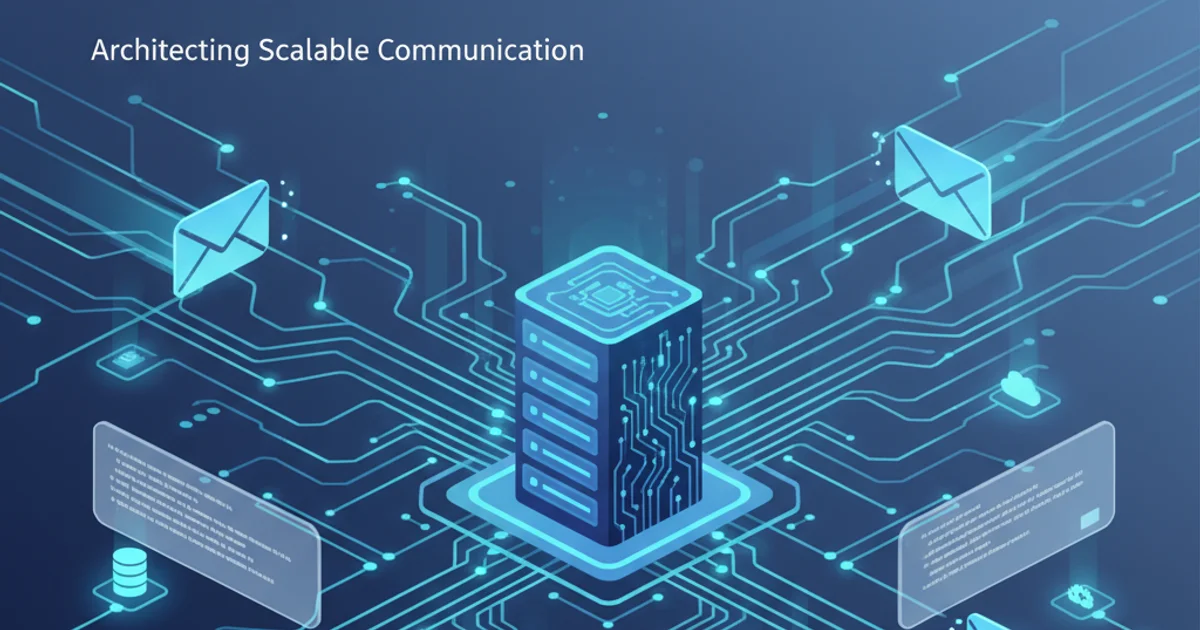SOAP vs REST (differences)
Categories:
SOAP vs. REST: Understanding the Core Differences in Web Service Protocols

Explore the fundamental distinctions between SOAP and REST, two prevalent architectural styles for building web services. This article delves into their design philosophies, communication mechanisms, and use cases to help you choose the right protocol for your application.
In the world of web services, two architectural styles have dominated the landscape for connecting disparate applications: SOAP (Simple Object Access Protocol) and REST (Representational State Transfer). While both facilitate communication over HTTP, they approach the problem with fundamentally different philosophies, leading to distinct advantages and disadvantages. Understanding these differences is crucial for developers and architects when designing robust and scalable distributed systems.
SOAP: The Structured and Protocol-Driven Approach
SOAP is a protocol that defines a highly structured and standardized way to exchange structured information in the implementation of web services. It relies heavily on XML for its message format and typically operates over HTTP, but can also use other transport protocols like SMTP or TCP. SOAP messages are verbose, containing a mandatory envelope, header (optional), and body. This strict structure provides a high level of reliability, security, and transaction management, making it suitable for enterprise-level applications where formal contracts and complex operations are paramount.

SOAP Message Structure
REST: The Flexible and Resource-Oriented Approach
REST is an architectural style, not a protocol, that leverages existing HTTP methods (GET, POST, PUT, DELETE) to perform operations on resources. It emphasizes stateless client-server communication, cacheability, and a uniform interface. RESTful services typically use lightweight data formats like JSON or XML, making them more agile and easier to consume, especially for mobile and web applications. The core idea is to treat every piece of data as a resource, identifiable by a URI, and manipulate it using standard HTTP verbs.

REST Architectural Style
Key Differences and Use Cases
The table below summarizes the primary distinctions between SOAP and REST, highlighting their contrasting characteristics across several dimensions. Choosing between them often depends on the specific requirements of your project, including factors like data complexity, security needs, performance expectations, and the development ecosystem.

SOAP vs. REST: A Comparative Overview
While SOAP offers robust features like built-in security (WS-Security), reliable messaging (WS-ReliableMessaging), and ACID transactions, its complexity and overhead can be a deterrent for simpler applications. REST, on the other hand, embraces the simplicity of the web, making it easier to learn and implement, but often requires developers to implement features like security and reliability manually or through external libraries.